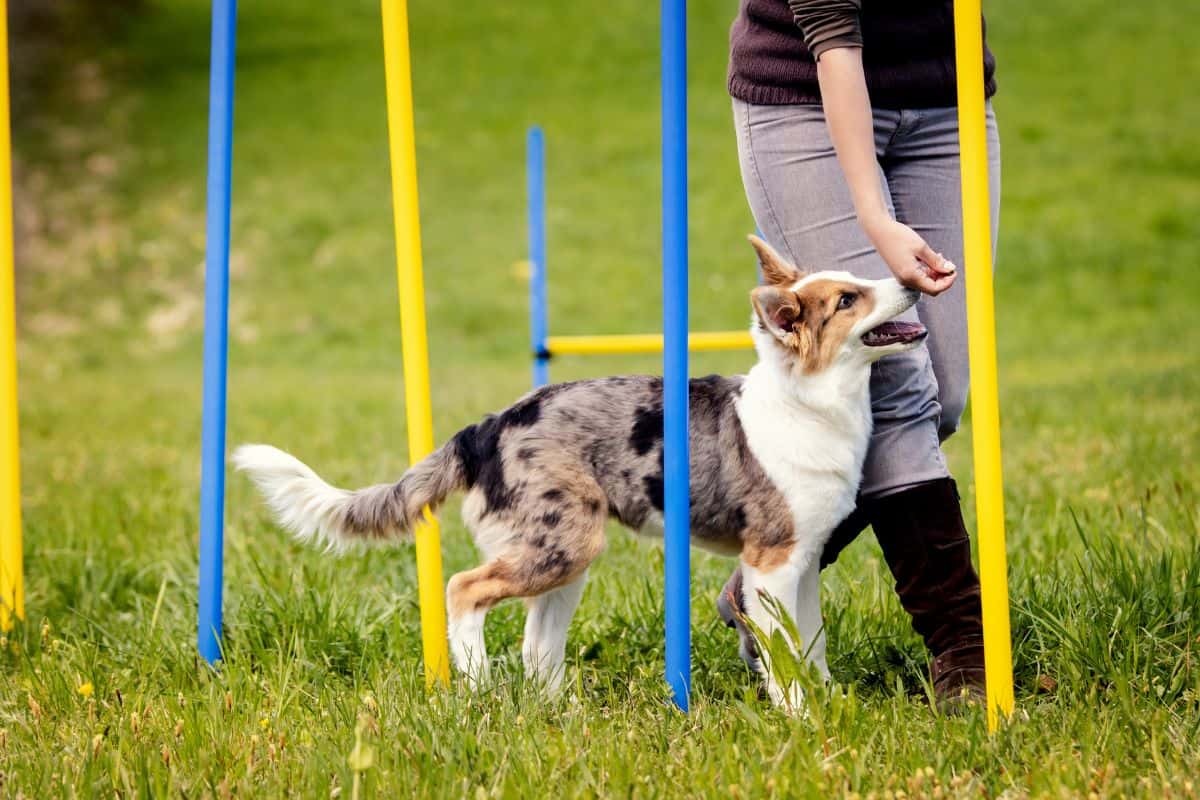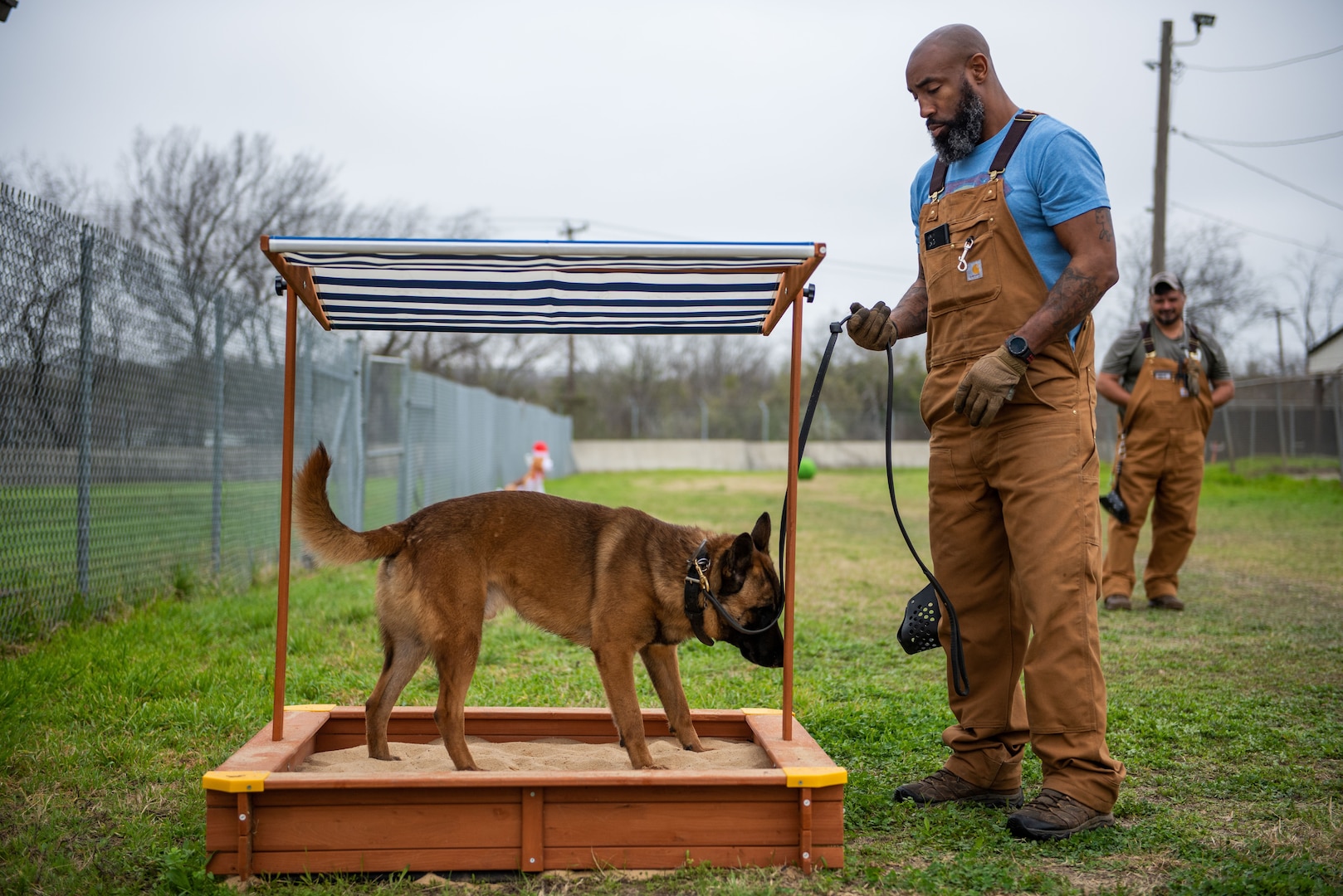Leading Canine Training Strategies Every Proprietor Need To Know

Positive Support Strategies
Utilizing positive support strategies is vital for efficient pet training, as it promotes a trusting bond between the pet dog and the trainer. This method concentrates on satisfying desirable behaviors instead than punishing undesirable ones, developing a setting for discovering. Rewards can consist of treats, praise, or play, which encourage dogs to duplicate the actions that gain them these incentives.

In addition, this method improves the dog's interest for training sessions. When dogs link training with positive experiences, they are a lot more involved and responsive. Beyond instant therapy, positive reinforcement urges a joint connection between the pet dog and instructor, lowering anxiousness and anxiety
To make best use of effectiveness, it is crucial to provide benefits immediately, making certain the dog connects the actions with the support. Basically, favorable support strategies not just generate better-trained pet dogs yet additionally advertise a harmonious partnership between canine and owner.
Clicker Training Approach
The remote control training approach is a highly reliable strategy that constructs upon the concepts of favorable support by adding an unique noise to mark preferred habits. This technique uses a little handheld device that creates a clicking noise, permitting instructors to communicate with their pets in a immediate and clear manner. When a pet dog executes an actions that the owner wishes to encourage, the clicker is triggered, complied with by an incentive, typically in the type of deals with or praise.
The trick to successful remote control training depends on uniformity and timing. It is important to click at the specific minute the preferred behavior happens, making sure that the pet dog connects the sound with the action and the succeeding incentive. This method not just improves communication but also cultivates a more powerful bond in between the canine and the owner, as it encourages engagement and interaction during training sessions.
Clicker training can be related to a variety of commands and actions, from basic obedience to extra complicated tricks. Its versatility and performance make it a favored strategy among professional trainers and pet dog proprietors alike, leading the way for a trained and responsive canine buddy.
Leash Training Fundamentals
Effective chain training is necessary for ensuring a satisfying and safe walking experience webpage for both pet dogs and their owners. Dog training. Chain training should begin very early and be come close to with patience and consistency. Beginning by choosing a suitable leash and collar or harness. A level collar might help some pet dogs, while others might gain from a harness that minimizes drawing.
Introduce your pet dog to the chain gradually, enabling them to explore it in a comfortable environment. Once they are accustomed, practice loose-leash walking. This includes satisfying your dog for strolling close to you instead of pulling in advance. Use deals with and praise to enhance desired behavior, and make certain to remain tranquil and assertive.
If your pet starts to pull, stop walking quickly. Wait till they return to your side prior to returning to. This educates them that pulling does not cause progress. Furthermore, method various strolling atmospheres to aid your pet adapt to interruptions.
Routine technique will certainly strengthen your dog's understanding of chain rules. Bear in mind that chain training is a recurring procedure; perseverance and uniformity will yield the ideal results, fostering a positive experience for both you and your canine companion.
Socializing Strategies
Socialization is a crucial aspect of pet dog training that need to preferably begin throughout puppyhood yet can be valuable at any type of age. Effective socializing helps pets establish self-confidence and lowers the probability of behavioral concerns. To apply effective socializing techniques, reveal your pet to a variety of atmospheres, individuals, and various other pets.
Begin with regulated settings, such as pup classes or organized playgroups, where young pet dogs can connect securely. Progressively introduce your canine to new experiences, including different noises, surfaces, and tasks. Ensure these encounters are positive and fulfilling to establish a complacency.
For adult dogs or those doing not have exposure, start with low-stress circumstances. Short, positive communications with calm pets and pleasant human beings can create favorable associations. Utilize treats and appreciation to strengthen desirable actions during these experiences.

Uniformity and Perseverance
Recognizing the importance of consistency and perseverance in canine training is essential for achieving long-term outcomes. Training a canine is a steady process that calls for an organized approach and unwavering dedication from the owner. Each command or behavior must be reinforced continually to assist the pet recognize what is expected of them. Inconsistent training can bring about confusion, making it challenging for the canine to realize commands or behaviors, ultimately hindering progression.
Pet dogs, like human beings, discover at their own speed. This promotes a trusting connection in between the dog and proprietor, urging an extra willing and enthusiastic learner.
To grow consistency and perseverance, develop a normal training routine, make use of the same commands, and guarantee that all family members use the very same training concepts - Dog training. By doing so, you produce check over here a steady atmosphere favorable to discovering, enabling your dog to thrive and create into a well-behaved companion
Verdict
In verdict, efficient canine training techniques, such as positive support, remote control training, and from this source appropriate leash training, are crucial for cultivating a healthy and balanced owner-dog connection. Furthermore, carrying out socialization methods and preserving consistency and perseverance throughout the training process contributes considerably to a pet's overall wellness. By integrating these approaches, pet dog owners can promote the advancement of well-adjusted, loyal family pets, ultimately boosting the quality of life for both the pet and the owner.
Amongst the most famous methods are favorable support, remote control training, and chain training, each offering special benefits that add to a well-behaved pet dog. As we explore these essential methods, it comes to be evident that understanding their nuances can dramatically impact the training experience and the pet's overall habits.Making use of positive reinforcement strategies is vital for efficient pet training, as it fosters a relying on bond in between the trainer and the canine.In conclusion, efficient pet training techniques, such as positive reinforcement, remote control training, and correct chain training, are important for promoting a healthy and balanced owner-dog relationship. By integrating these techniques, pet dog proprietors can help with the advancement of well-adjusted, loyal pets, eventually enhancing the high quality of life for both the pet dog and the proprietor.